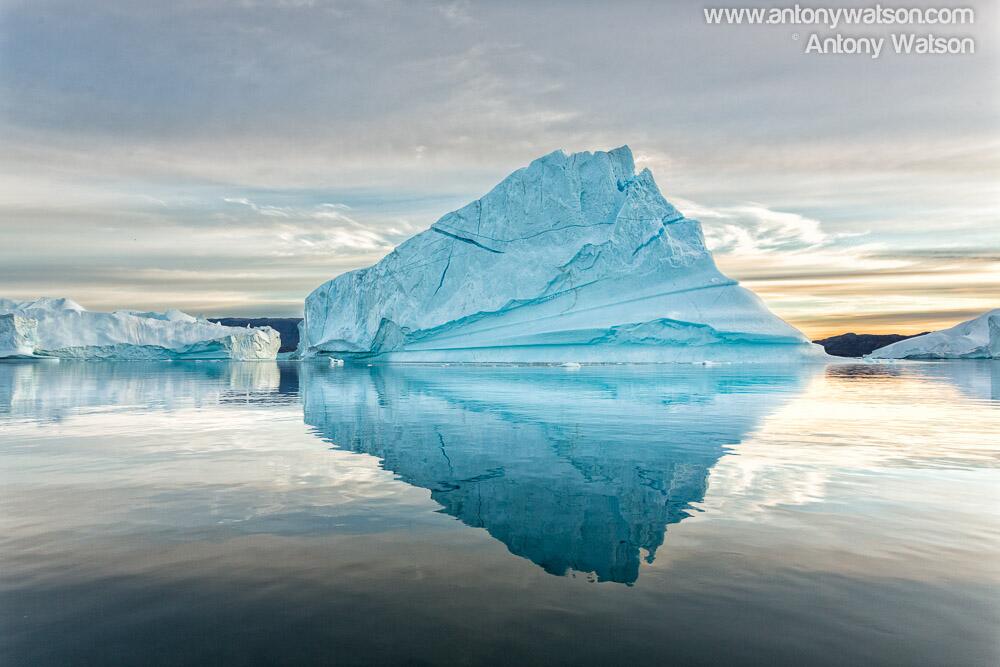Tonight I’ve shared the last few hours of the evening with my wife and two gorgeous daughters soaking up as much of them as I can and just a little but more for tomorrow my good friend Joshua Holko and I are travelling to Xinjiang Ugyur Autonomous Region in China.
Xinjiang is located in the extreme north west of China and borders Russia, Mongolia, Kazakhstan, Kyrgyzstan, Tajikistan, Afghanistan, Pakistan and India, and covers an area over 1.6 million square kilometres. This is a personal trip that Joshua and I will taking that is essentially an investigation expedition that we will lead to a future photography expedition into this very remote and very rarely photographed part of North Western China.
For well over a year we have been researching a possible trip to this remote region of China. Language barriers are always an issue, local infrastructure is minimal and the logistics are incredibly difficult to arrange as is finding the right contacts on the ground. We have been extremely fortunate to partner with both an experienced Chinese travel agent and a well respected local land operator that have the experience we are looking for and who will be providing 4-wheel drive vehicles and local guides with the critical local knowledge we need to conduct a photography expedition.
After much discussion and planning we have been able to put together a thirteen day / twelve night itinerary that takes us into some of the most remote and spectacular parts of provincial China; many of which have rarely if ever been photographed by a dedicated photography expedition. Indeed, some of the areas we will visit in the Gobi desert have likely never been photographed.
If all goes well, the trip and itinerary we are taking will form the basis for a future photograph expedition to this remote provincial region of China. So stand by for an announcement!
We will be flying into Shanghai tomorrow evening where we will catch a connecting flight to Ürümqi; which is the capital city of Xinjiang. Ürümqi whose name means beautiful pasture in the Mongolian language is the largest city in the western most region of China and is the starting point for this investigative expedition.
Just some of the places we will be visiting during this thirteen-day trip include the Tian Shan mountain ranges; which span some 2,800 kilometers and offer amazing snow capped mountain vistas with much of the lower mountains covered with green pines and cypress. Crystal clear lakes reflect the mountains early in the morning and should make for outstanding photography. We will visit the Wuerhe Ghost City where centuries of howling winds have eroded and weathered the multi-faceted rock formations into eerie and unusual shapes that are known for creating ghostly light at sunset. There are thousands of gorges and criss-cross gullies winding through the multitude of colored rock formations. This scarcely visited area provides a unique opportunity to photograph the amazing rock formations and we plan to shoot here at both sunrise and sunset when the light will be at its best. We will also head into and photograph the mighty Gobi desert. The Gobi desert spans half a million square miles and is the fifth largest desert in the world. It is most notable for being part of the Mongol Empire and the Silk Road. Primarily consisting of exposed bare rock formations rather than sand like most deserts the Gobi desert should provide literally limitless opportunities for landscape and wilderness photography.
We will travel to Hemu and photograph the birch tree forests, the Hemu river and the Hemu grasslands. Special access has been arranged for us to visit a small remote village populated by scattered wooden framed houses built by the Tuva Mongols; believed to be descendants of the troops of Genghis Khan. Whilst in the grasslands we hope to encounter the rare red deer as well as other wildlife.
When we have finished in Hemu we will travel to Kanas whose name means ‘rich and mysterious beauty’ in Mongolian. This area promises to be one of the most alluring parts of Northern Xinjiang. We will visit the Kanas Nature Reserve, which is home to Kanas Lake. The lake fills from the Kanas river which originates from the Kanas glacier in the Altay Mountains. Kanas lake is 4500 feet above sea level and covers an area of 28 square miles so the opportunities for photography should be limitless. The lake is perhaps best known for its amazing turquoise color in spring and autumn.
We will spend a couple of days in the Kanas area before we head to Burqin along the Ergsi River and then Karamay. We hope to see and photograph wild horses along the way as well as more of the spectacular natural landscape this region has to offer.
Finally we will photograph The Devil City which encompasses hills and valleys and is perhaps best known for its yardang landscape. The term “yardangs” comes from the Uygur language, meaning “steep hill”, and now it refers to a landform of wind-eroded hollows, mounds and unusual formations. The name ‘The Devil City’ comes from the eerie and strange sound the wind makes in spring and autumn as it whistles through the rock formations. From here we will head back to Ürümqi and catch a flight to Beijing before returning home.
In the meantime, this investigative trip promises to be quite an adventure. And the excitement has reached its peak with only the joy of internal air travel between us and our destination.
My bags are finally packed with my carry on Camera bag once again only a few kilograms shy of the weight of my check-in luggage. My daughters have ensured that even after I have packed my bag that there is sufficient room for gifts and copious amounts of candy. Now time to turn in for an early night in preparation for an early departure.
